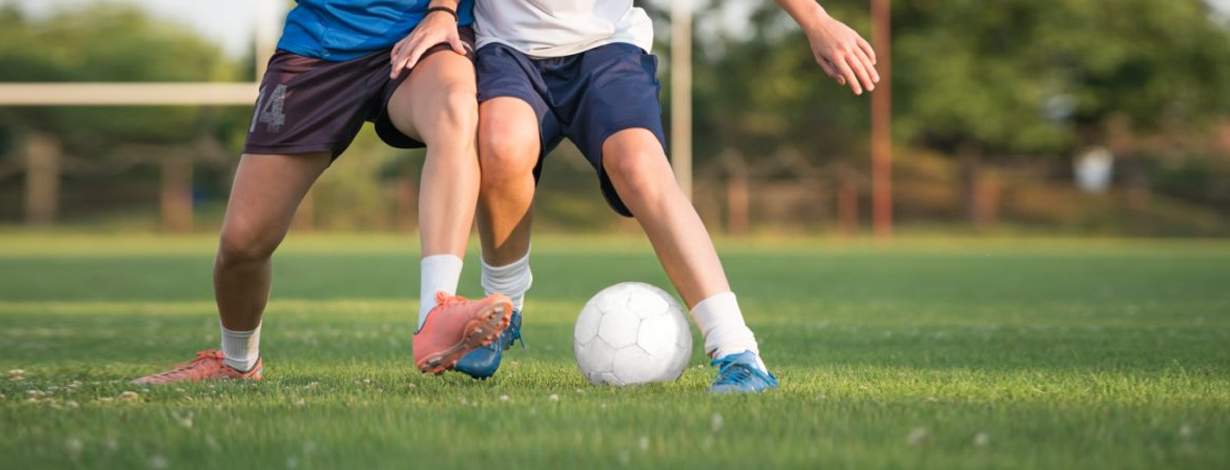Preventive Exercises Can Reduce ACL Injuries

Unfortunately, each year, about 7 million sports-related injuries occur in the U.S. Approximately half occur in people between the ages of 5 and 24 years old. Injuries, especially to the knee, remove young athletes from the playing field and can have long-term repercussions that limit mobility and lead to more severe issues.
Tearing the anterior cruciate ligament (ACL), the tough band of tissue joining the thigh bone and shin bone at the knee joint, is not uncommon in “cutting” sports like soccer, volleyball, football and basketball. An ACL tear is a particularly damaging injury as it often leads to knee arthritis, and studies have reported that 50 percent of people who tear their ACL develop arthritis within 15 years of their injury. When you consider that most ACL injuries happen to those under the age of 25, this means that many patients are developing knee arthritis in their 30s or early 40s.
The ACL can be surgically reconstructed, which improves the stability of the knee. However, for young female athletes playing in cutting sports after ACL reconstruction, roughly one in three of these athletes will suffer a second ACL injury. Also, recovery after ACL reconstruction differs from patient to patient, with some taking longer to safely return to sports.
Because of the high rate of early knee arthritis and the risk of a second injury, preventing the first ACL injury is crucial. Preventive exercise programs have been shown to reduce the risk of ACL injury, and the free Get Set-Train Smarter app available on Android and iOS is a great resource for parents and athletes. This app, created by the International Olympic Committee, enables athletes to select an exercise program that is specific to the sports they play.
In addition, UK researchers are studying a number of ways to prevent a second ACL injury as well as prevent or delay the onset of knee arthritis for younger athletes that suffer an ACL injury. These include injections to lessen cartilage damage, improved surgical techniques for younger athletes and innovative rehabilitation protocols like one’s being used with injured NFL athletes. Current research has also identified that athletes still have sizeable muscle imbalances when they return to sports, suggesting that both improved rehabilitation protocols and better testing methods be used to safely return young athletes back to their sport.
Dr. Cale Jacobs, Assistant Professor in UK’s Department of Orthopaedics and Sports Medicine.




